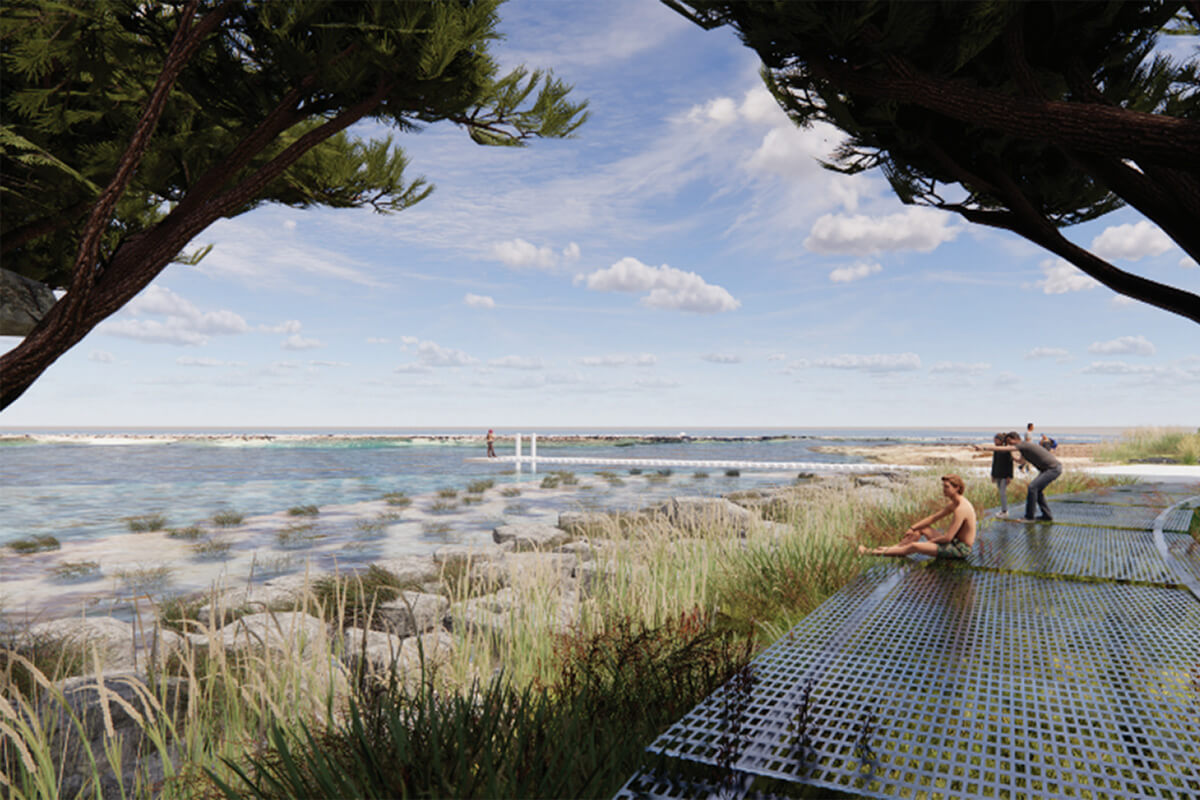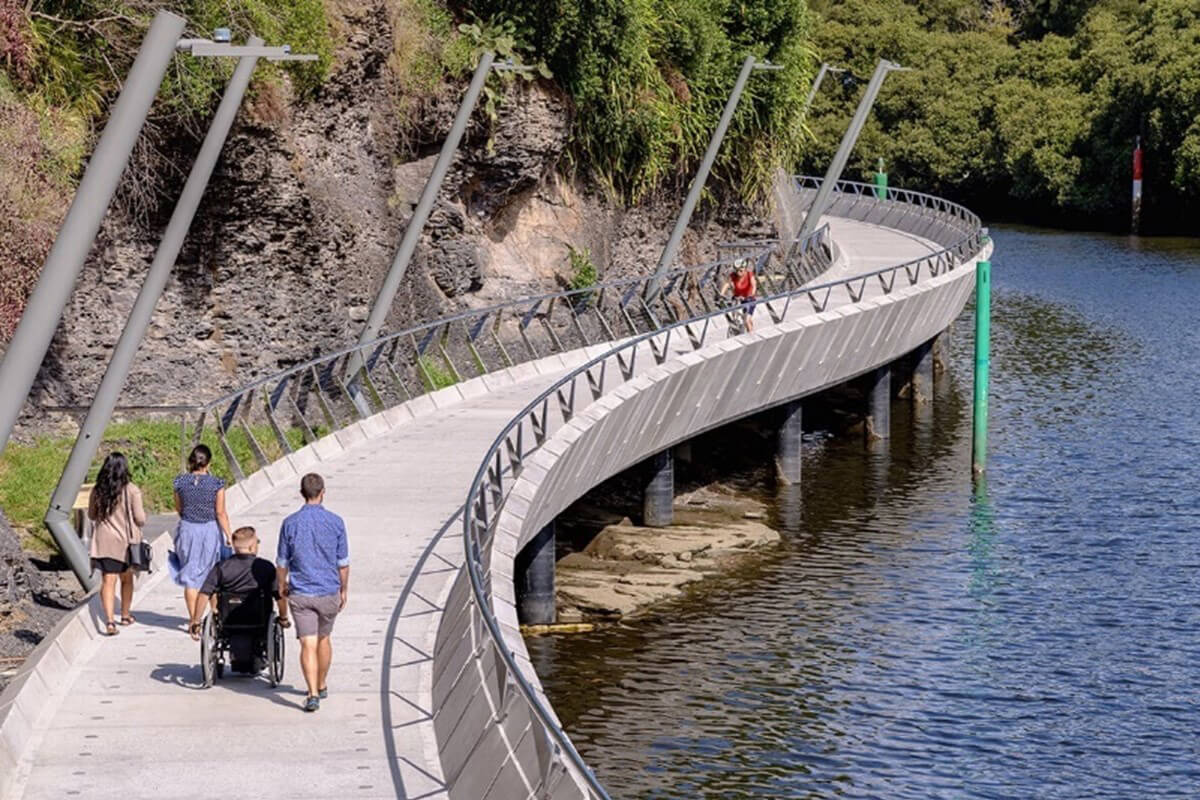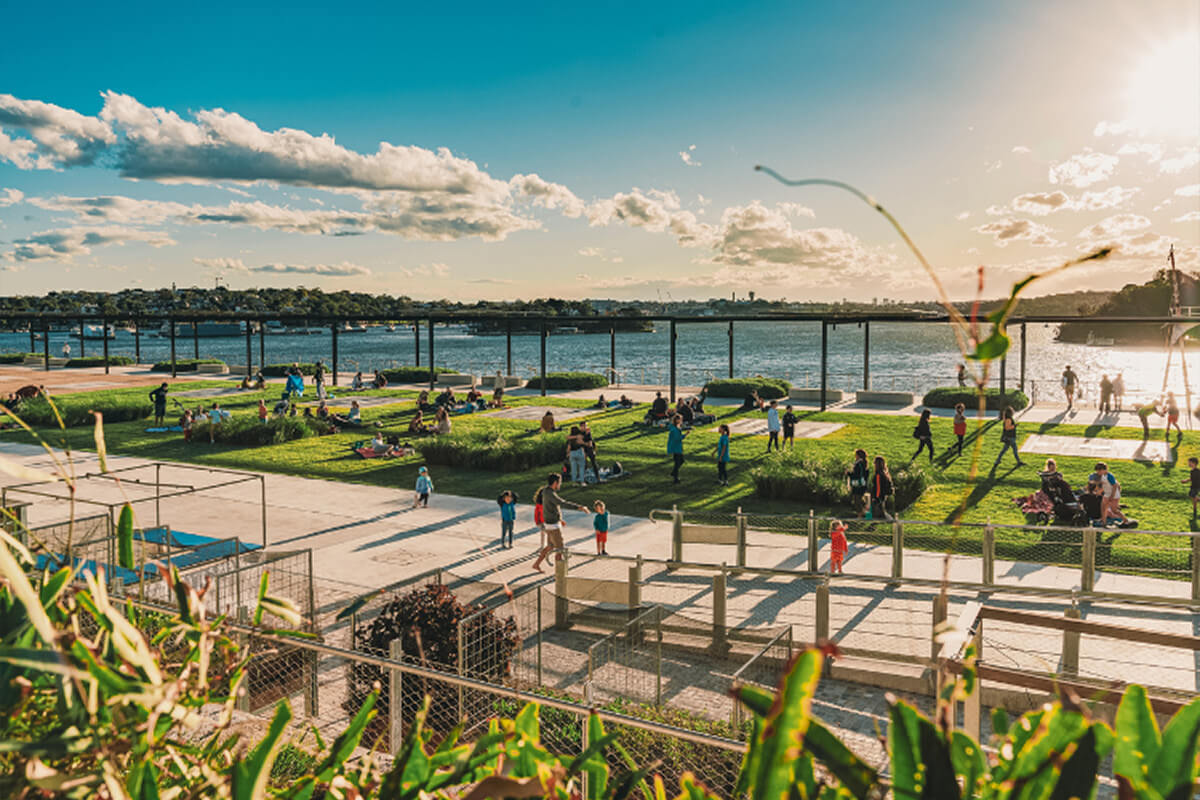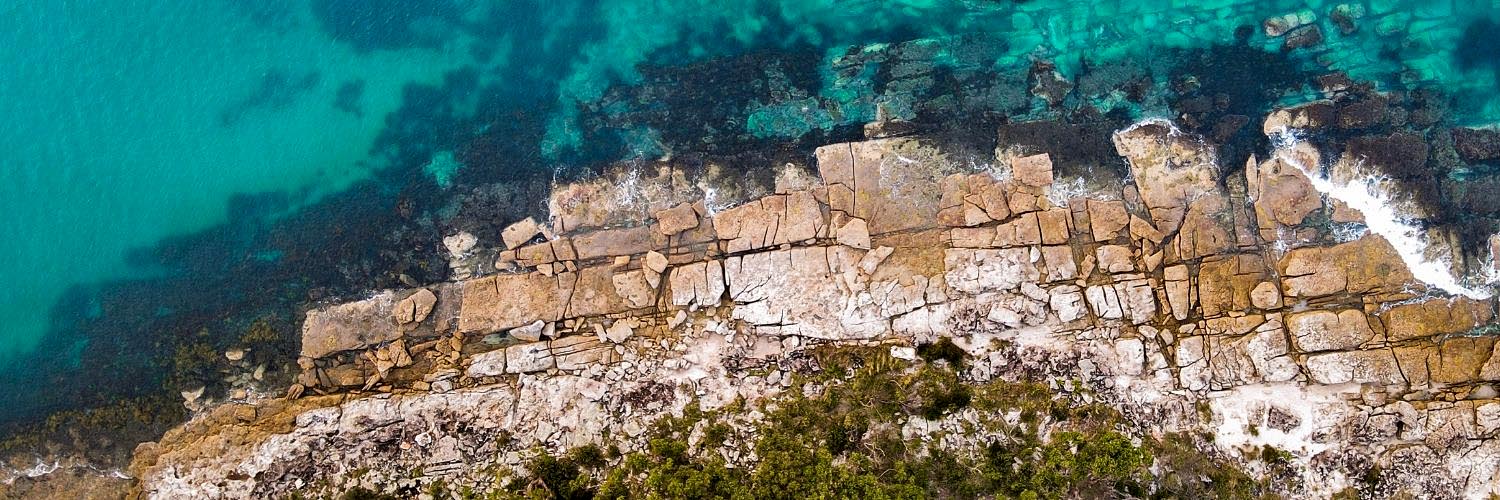The NSW coastline is an amazing natural resource, and we need to protect it. The NSW Coastal Design Guidelines (PDF, 9.2 MB) provide a framework on how to do this and can be used by councils, developers and anyone involved in designing coastal places.
Proponents must use the guidelines when seeking to change planning controls in the coastal zone through a planning proposal. Plan-making authorities must also use the guidelines to assess planning proposals.
Designers, architects and landscapers can also use the guidelines to better understand and create high quality urban design outcomes suited to coastal places. This guidance can apply across all project scales, from business cases and feasibility studies through to master plans and precinct plans.
Following public feedback in 2022, the guidelines were updated in late 2023.
Planning proposal requirements
Planning proposals in the coastal zone must include a completed copy of the assessment checklist, demonstrating how they are achieving consistency with the guidelines. We have provided an example of a completed checklist for a planning proposal (PDF, 263 KB) which shows how to use the checklist and the expected level of detail.
A checklist for the urban design outcomes is also available. It is not mandatory to complete or include this checklist for development or planning proposals in the coastal zone.
The assessment checklists are editable PDFs.
Case studies
We’ve prepared case studies to show how the design objectives of the NSW Coastal Design Guidelines could be applied during projects.
While this guidance was not in place during the design of these projects, the case studies highlight project elements that align with the design objectives contained in chapter 4 of the NSW Coastal Design Guidelines 2023. These case studies are illustrative only and are not intended to critique or endorse the projects.



Frequently asked questions
The requirement to be consistent with and give effect to section 3.2 of the guidelines, applies to all planning proposals prepared after the guidelines were published on 10 November 2023.
This means that the guidelines must be addressed if:
- the planning proposal had not been lodged for gateway assessment by 10 November 2023, or
- the planning proposal had been lodged for gateway assessment by 10 November 2023 but was still being amended – for example if amendments were required by the planning proposal authority as a result of additional studies and investigations or in response to submissions received during public exhibition, or
- the plan making authority issues a gateway determination condition that requires the planning proposal to give effect to the guidelines.
For planning proposals that have progressed through these stages of preparation prior to 10 November 2023, the previous requirement to be consistent with and give effect to the NSW Coastal Design Guidelines 2003 still applies.
The existing 2003 guidelines were of date and as a result had been infrequently and inconsistently used. Regular updates help improve strategic decision-making and environmental outcomes in our coastal places based on current information. Updating the guidelines is an action under the NSW Marine Estate Management Strategy 2018-2028, and ensures it remains consistent with the coastal management framework.
The updated guidelines now reflect best practice urban design and place-based planning, a better understanding of land and sea Country principles, and coastal hazard management. They provide clear guidance about requirements for planning proposals in the coastal zone and balance environmental, economic, social and cultural needs.
The guidelines apply across the NSW coastal zone. The NSW coastal zone consists of the coastal wetlands and littoral rainforests area, coastal vulnerability area, coastal environment area and coastal use area as mapped under State Environmental Planning Policy (Resilience and Hazards) 2021.
The coastal zone extends beyond the open coast, covering coastal lakes, estuaries, rivers and other waterways to their tidal extent, and urban and rural areas near these natural features. You can view these areas on our spatial viewer.
The guidelines:
- support a balance between environmental, economic, social and cultural needs
- cater to growing communities and their changing needs
- support coastal industries such as fishing, boating and tourism
- support diverse housing supply in suitable locations.
Planners and designers must consider Country in their plans. The guidelines refer to the Connecting with Country framework, which develops connections with Country for built environment projects in NSW.
The guidelines complement the NSW Government Architect’s Better Placed and Greener Places frameworks and provide more specific urban design guidance relevant to the coastal zone.
For more information:
- visit Marine estate management
- view the exhibition page
- read the marine estate management strategy
- view the slides from our February 2024 webinar Applying the Coastal Design Guidelines (PDF, 5.5 MB)
- email [email protected]
